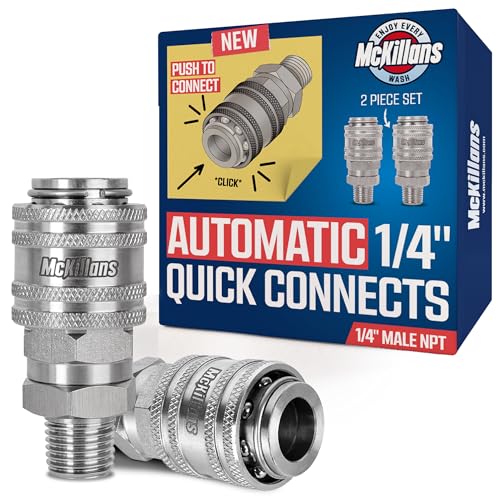

For tackling stubborn greasy residues effectively, I recommend opting for a model with a minimum of 3000 PSI and a flow rate around 3.5 GPM. This combination ensures adequate pressure and volume to lift heavy stains without damaging the surface underneath.
For specific tasks, consider investing in a heated unit. The addition of hot water can significantly enhance cleaning power, cutting through oil and grime with remarkable efficiency. Also, use a nozzle attachment suitable for degreasing to ensure even distribution of cleaning solutions.
Don’t overlook the importance of accessories like surface cleaners or foam cannons, which can further expedite the cleaning process and provide impressive results. Always prioritise adjustable pressure settings for varying application needs, allowing for safe cleaning on different materials.
Suitable Equipment for Removing Grease Stains
Select a high-pressure cleaner with a minimum rating of 3000 PSI (pounds per square inch) combined with a flow rate of at least 3 GPM (gallons per minute). This combination ensures effective removal of stubborn grease and grime. Brands such as Simpson and Generac often deliver reliable performance in such scenarios.
Essential Attachments and Detergents
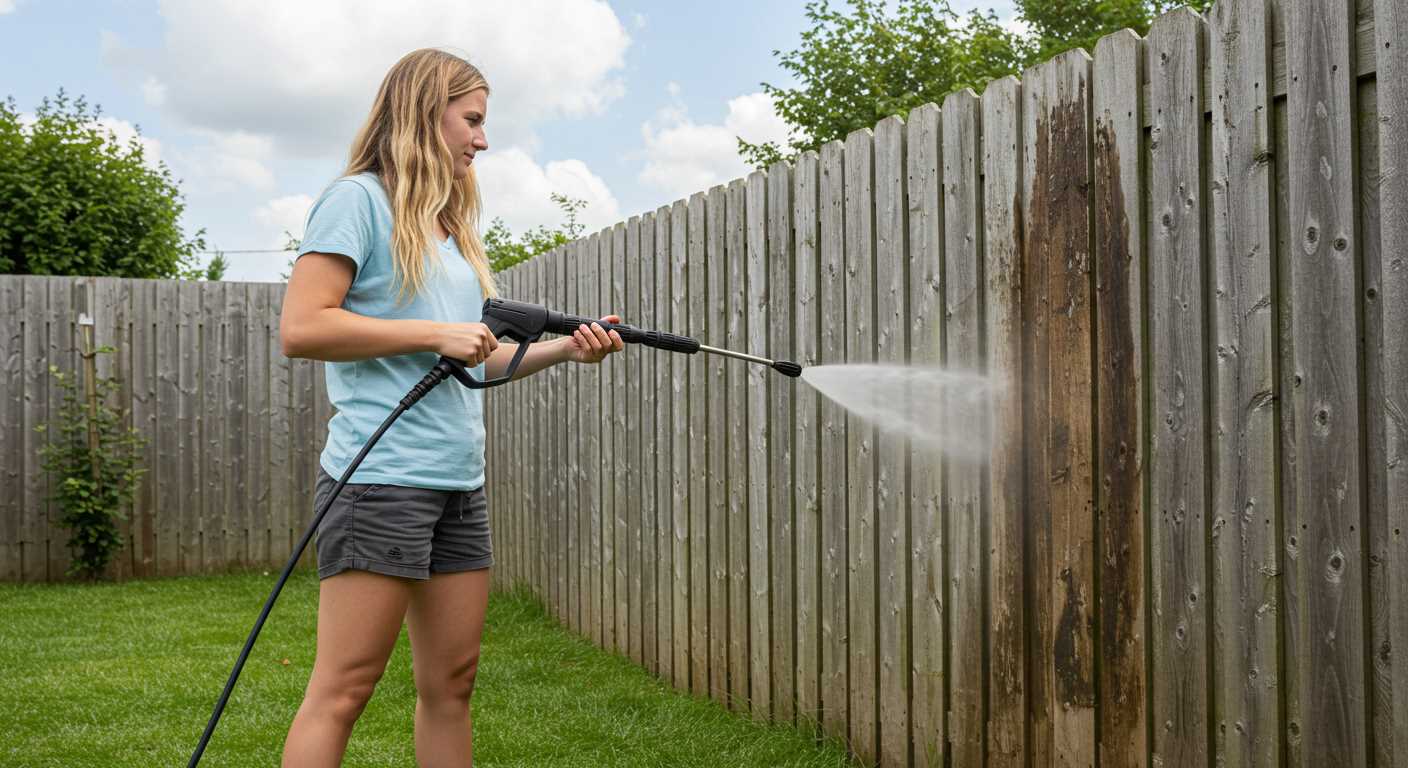
Incorporate a surface cleaner attachment to enhance the cleaning efficiency. Coupling this with a degreaser formulated for high-pressure applications will significantly boost your cleaning efforts. Look for biodegradable options to ensure environmental safety while achieving impressive results.
Temperature Considerations
Opt for a hot water model when tackling thick grease. Machines that can reach temperatures above 150°F facilitate the breakdown of oily residues. Some brands offer units specifically designed for this purpose, which can be particularly effective in automotive or industrial settings.
Understanding Oil Types That Require Cleaning
.jpg)
Different types of liquid hydrocarbons necessitate varied approaches to their removal. For example, motor oil, derived from crude oil, often clings to surfaces, necessitating higher temperatures and specific cleaning agents. It adheres stubbornly, making it essential to utilise warm or hot water cleaning solutions to loosen the grime effectively.
Vegetable oils present another challenge. Commonly used in kitchens, they can create slippery, hazardous conditions. Here, a biodegradable detergent paired with a medium-intensity cleaning device will efficiently remove residue without harming the environment.
Transmission fluid, typically more viscous, can be particularly problematic. Its removal requires robust emulsifying agents to break down the compounds. Products marketed for automotive use usually contain additives that facilitate this process, ensuring a clean surface.
Grease from machinery or engines embodies a combination of different oils and requires careful attention. A high-capacity unit, coupled with targeted detergents, will penetrate layers, making cleaning more manageable. Always ensure thorough rinsing to eliminate any chemical residues.
Finally, waxed or synthetic oils often pose difficulty owing to their smoother texture. For these instances, methods that employ a combination of temperature and pressure can be incredibly beneficial, breaking the bond and allowing for effective cleaning.
Choosing the right cleaning system based on the specific type of residue is paramount. Understanding these distinctions will lead to more successful cleaning outcomes and safer environments. Any approach should always factor in the type of surface being cleaned and potential environmental impact, selecting appropriate agents and methods accordingly.
Specifications for Effective Oil Removal
For tackling tough stains, a device featuring a minimum of 2000 PSI is essential. This pressure ensures the removal of stubborn residues, providing adequate force to deal with greasy spots. Complement this with a flow rate of at least 1.5 gallons per minute (GPM) to maintain an effective cleaning rhythm. Clean water flow at this rate ensures that oils are emulsified properly, preventing further residue issues.
Temperature and Cleaning Agents
Utilising a hot water system can significantly enhance grease removal capabilities. Machines that heat water up to 150°F or higher effectively break down the molecular structure of oils. Incorporating suitable detergents specifically designed for hydrocarbon removal can speed up the process dramatically, enhancing the efficacy of the equipment.
Accessibility and Mobility Features
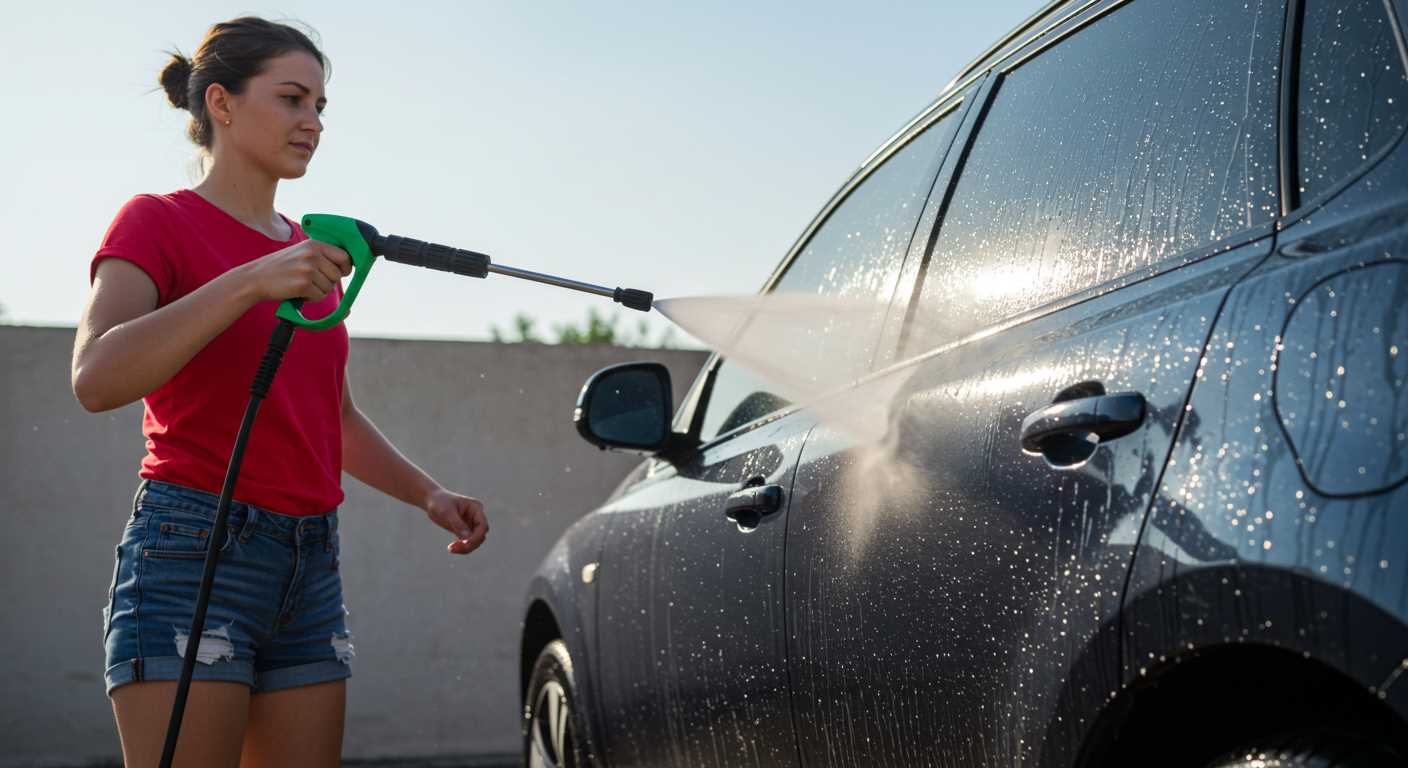
Look for lightweight models with wheels that allow easy manoeuvrability across uneven surfaces. This will assist in reaching areas where oil tends to accumulate, such as driveways or garages. Attachments like rotating brushes or turbo nozzles can also augment cleaning power, making it easier to eliminate entrenched stains from varied surfaces.
Choosing the Right PSI for Oil Stains
For effective removal of petroleum-based marks, select a machine delivering between 3000 and 4000 PSI. This range provides sufficient force to lift and dislodge stubborn residues without damaging surfaces.
If dealing with more delicate materials, such as asphalt or certain types of concrete, opt for models in the 2000 to 3000 PSI bracket. This will minimise risks of etching while still being competent in lifting oil deposits.
High-pressure units greater than 4000 PSI are typically excessive for most situations involving oil, potentially resulting in surface damage. Unless working with industrial-grade machinery or heavily soiled construction equipment, aim for the optimal PSI according to your specific cleaning task.
Common oil varieties, like motor oil or cooking oil, often respond well to these pressure ranges. Adjusting nozzle types can enhance cleaning capability; a 15-degree nozzle focuses the stream, ideal for tight spots while a 25-degree nozzle covers broader areas, allowing for more efficient cleaning over larger spaces.
In essence, focus on the type of surface and the nature of stains. Balancing PSI with nozzle adjustments can significantly improve the overall effectiveness of stain removal activities.
GPM Requirements for Oil Cleanup
A minimum flow rate of 3 GPM significantly enhances the elimination of grease and petroleum residues. This level ensures adequate water volume to effectively disperse and emulsify contaminants, making removal easier.
For extensive spills or heavy staining, opting for models that offer 5 GPM is advisable. This higher flow rate improves washing efficiency, allowing for quicker cleaning of larger areas.
In instances where highly viscous substances are present, integrating a hot water feature can prove beneficial. Hotter temperatures combined with a strong flow assist in breaking down the stubborn residues, resulting in a more thorough cleanup.
When selecting equipment, focus on adjustable nozzles that allow versatility in spray patterns. A wider spray angle can cover larger surfaces, while a concentrated jet is useful for targeted removal of tough grime.
For varied applications, consider machinery capable of operating in different flow rates. This gives flexibility to handle not just oil, but various staining substances found in different environments.
Suitable Nozzles for Oil and Grease Removal
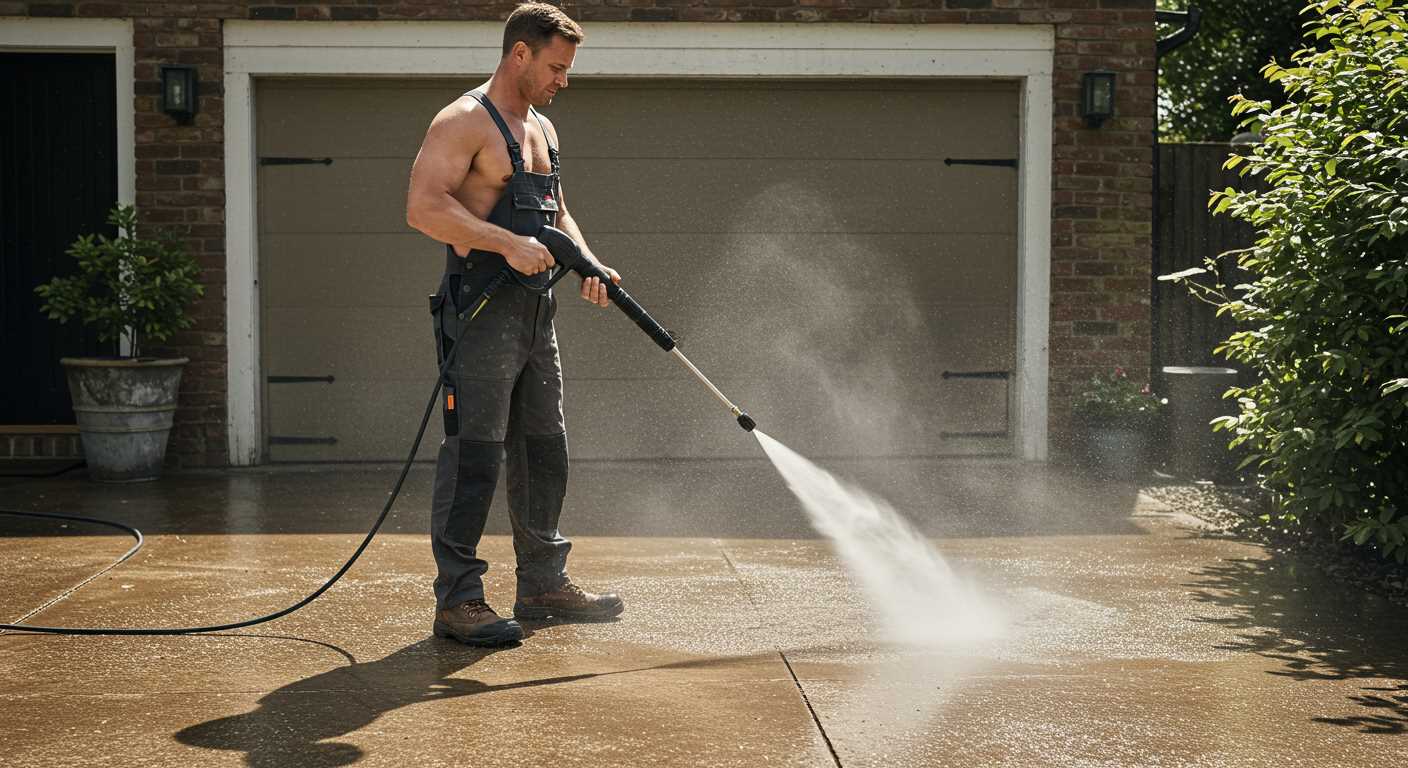
For effective elimination of oil and grease, I highly recommend using nozzles with a specific angle and pressure rating. The following options have proven successful over my years in this field:
- 25-Degree Nozzle: This option strikes a balance between power and pressure coverage, making it ideal for cleaning larger surfaces stained with lubricant residues.
- 15-Degree Nozzle: Offers a concentrated stream, perfect for targeting stubborn grease spots. Use this nozzle for deep penetration into oil-drenched areas.
- Surface Cleaner Attachment: When dealing with extensive oil spills, this attachment provides an efficient, even clean without leaving streaks.
For heavy-duty cleaning tasks, consider the following:
- Hot Water Capability: If the cleaning solution allows, using hot water with an appropriate nozzle can significantly enhance the removal of oily substances.
- Adjustable Nozzles: These give flexibility to switch between spray patterns, adapting the application according to surface type and stain severity.
Finally, always test a small area first to determine the most effective nozzle for your specific circumstances. This ensures optimal results without damaging the surface being cleaned.
Importance of Hot Water in Oil Cleaning
Using heated water is a game changer in tackling greasy residues. In my experience, the effectiveness of cleaning solutions increases significantly when hot liquid is applied. The elevated temperature helps to break down and emulsify stubborn substances, making them easier to remove.
Benefits of Hot Water
- Enhances the dissolution of grease and contaminants.
- Reduces cleaning time by penetrating and lifting oil faster.
- Improves rinsing efficiency, leaving surfaces cleaner.
When considering the ideal temperature, I recommend maintaining water at around 60-80 degrees Celsius. This range is sufficiently hot to dissolve most types of oily deposits without risking damage to surfaces.
Application Techniques
- Begin with a pre-wash to remove excess debris.
- Apply hot water using an appropriate nozzle to maximise impact.
- Allow the heated solution to dwell for a few moments to break down the oil.
- Follow up with a thorough rinse to wash away residues.
With these strategies, shifting from cold to hot can significantly enhance your cleaning results. Prioritising temperature will allow you to tackle even the most challenging oily messes effectively.
Combining Detergents with Equipment for Oil
To effectively eliminate grease and petroleum-based stains, using the correct detergents alongside your high-pressure cleaning unit is crucial. I recommend selecting a degreasing detergent specifically formulated for heavy-duty tasks. Such products often contain surfactants that break down oil molecules, making them easier to wash away.
Mixing the right detergent with water before applying it with your cleaning device optimises the cleaning process. Follow the manufacturer’s instructions regarding the proper dilution ratios to avoid damaging either the equipment or the surfaces being cleaned.
Using a foamer attachment can enhance the application of detergents. This tool allows for even distribution, ensuring the solution clings to the surface long enough to penetrate and dissolve the grease before rinsing it away with a powerful jet of water.
| Detergent Type | Recommended Use |
|---|---|
| Alkaline Degreasers | Ideal for removing cooking oils, automotive greases and industrial oils. |
| Solvent-Based Cleaners | Best for heavy-duty applications, especially on metal surfaces. |
| Biodegradable Options | Suitable for environmentally conscious cleaning, effective on light to moderate stains. |
Always rinse the surface thoroughly after applying the detergent. Leftover residue can attract dirt, which may lead to future staining. A secondary pass with the water alone ensures a clean finish and enhances the longevity of the cleaned surface.
Choosing the right detergent, in combination with appropriate machinery settings, can significantly improve the results when addressing stubborn grease and oil stains.
Maintenance Tips for Equipment Used on Oil
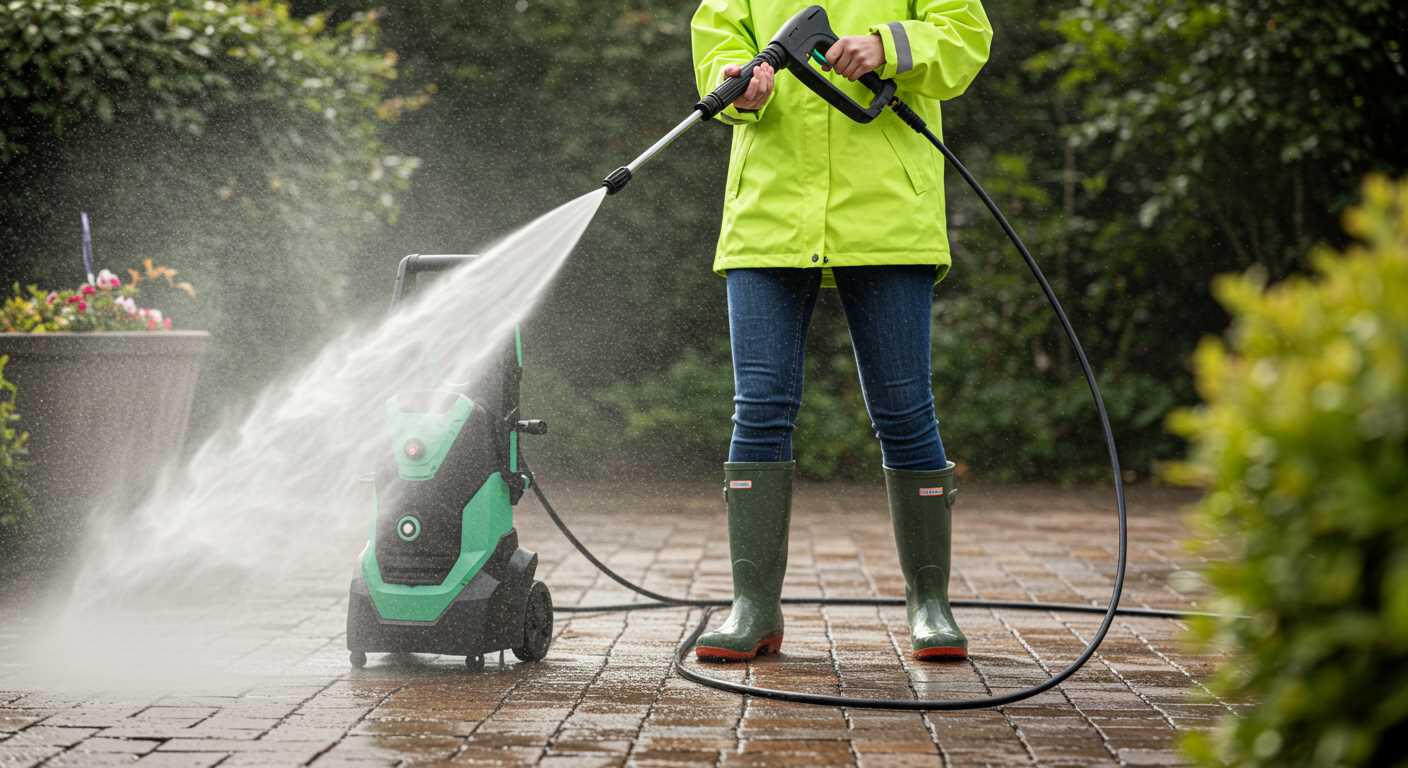
Regular checks on connections and hoses are vital. Ensure there are no leaks that could affect performance while tackling greasy residues. Inspect the high-pressure hose for any signs of wear or damage; replace it if necessary.
After each use, flush out any detergent residues with clean water. This practice prevents clogging and keeps the system in optimal working order. Pay attention to the filter screen; a clean filter ensures proper water flow and helps maintain pressure.
Consider regular lubrication of moving parts to reduce friction and wear over time. Follow the manufacturer’s guidelines for the correct type of lubricant and frequency of application.
Store the equipment in a dry location, free from extremes of temperature. Protect against freezing, as water left in components can cause damage during cold weather.
Lastly, keep an eye on the spray nozzle; worn nozzles can hinder performance. Replace them as needed to maintain a focused and powerful jet, essential for effective grease removal.
FAQ:
What is the minimum pressure washer rating I need to effectively clean oil stains?
To clean oil stains, you should look for a pressure washer with a minimum rating of 2000 PSI (pounds per square inch) and a flow rate of at least 1.4 GPM (gallons per minute). This combination is typically sufficient to break down and remove oil effectively from surfaces. Higher PSI models may offer better results, especially on tougher stains.
Can any pressure washer be used for oil stains, or do I need a specific type?
Not all pressure washers are created equal when it comes to removing oil stains. While electric models are suitable for lighter tasks, a gas-powered pressure washer is generally recommended for tougher oil stains because of its higher PSI and GPM ratings. Additionally, using a detergent designed for grease and oil can enhance the cleaning process, so ensure your pressure washer is compatible with such additives.
Are there any special nozzles or attachments required for oil removal?
Yes, using the right nozzle can significantly impact your cleaning efforts. A rotating turbo nozzle or a 15-degree nozzle is often most effective for oil removal. These nozzles provide a concentrated spray that can penetrate and lift the oil more efficiently than wider spray angles. Make sure to adjust the nozzle according to the surface you are cleaning to prevent damage.
How should I prepare the area before using a pressure washer to clean oil?
Before using a pressure washer for cleaning oil stains, clear the area of any loose debris such as leaves or dirt. It’s advisable to cover any nearby plants or surfaces that may be damaged by the high pressure. Pre-soaking the stained area with a degreaser or a mix of hot water and detergent can also help lift the stain. Allow the solution to sit for a few minutes before using the pressure washer to enhance effectiveness.



